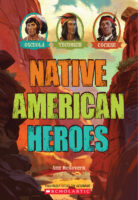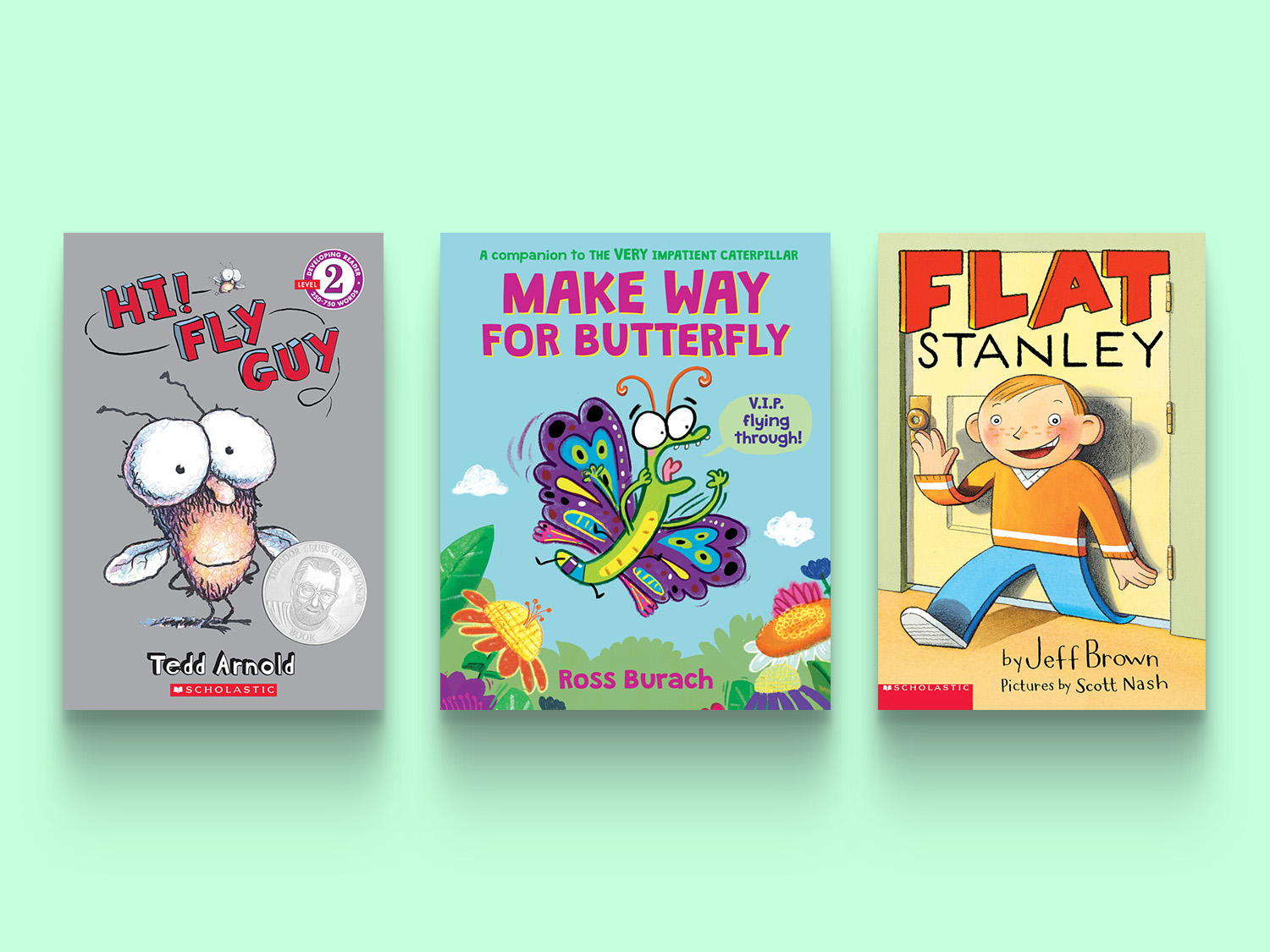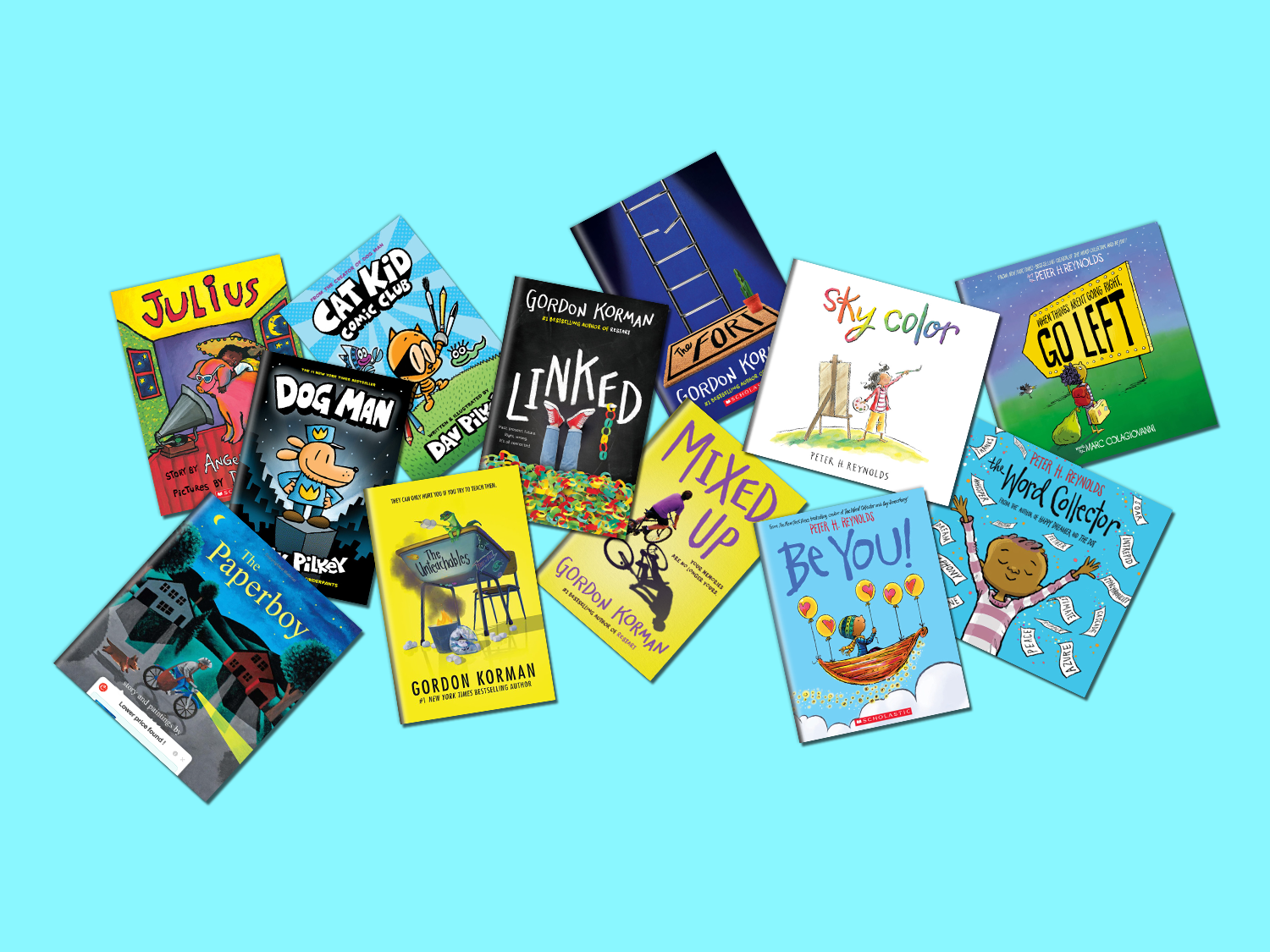Rooted in rich history and tradition, Native American culture dates back thousands of years, long before European colonizers set foot in this country. Unfortunately, many Native American contributions to American history and culture have been largely overlooked. November marks Native American Heritage Month, so it’s a great time to highlight Indigenous voices and stories in your lesson plan.
These inspiring children’s books for every grade level celebrate and shine a light on Native American culture and identity. Your students will love learning about Indigenous-led movements, the amazing stories of Native American service members, the traditions of different Native tribes, and modern-day Indigenous heroes.
Younger students will love the traditional tales found in the Native American Voices book pack, which includes Rabbit’s Snow Dance, an Iroquois folk tale about patience, and Chukfi Rabbit’s Big, Bad Bellyache, a Choctaw story about a clever trickster.
If you have nonfiction fans in your classroom, these books bring light to the unique tribal traditions of different Native groups, such as the Navajo, Wampanoag, and Iroquois people. They're filled with fascinating facts, photographs, and illustrations that will keep your students immersed in the pages.
In the lyrical picture book Buffalo Bird Girl students learn about the Buffalo Bird Woman, a Hidatsa native born in 1839. Children will get a glimpse into her everyday life in the Dakotas, from doing chores to playing with friends and being a part of her community. It’s a Native American family story for all students.
Books that are based on the real-life experiences of Native American people are also great resources for teaching young readers the Indigenous perspective about different historical events.
For example, in the action-packed true story Code Talker, students will learn about the Navajo Marines who used their native language to speak in code and send messages for the Americans during World War II.
I Am Sacagawea tells the inspiring story of the brave teenager Sacagawea, a Lemhi Shoshone translator and explorer who helped the Lewis and Clark expedition charter and explore the Louisiana Territory. Sacagawea traveled hundreds of miles with her newborn baby son strapped to her back, teaching her fellow explorers about the land and how to survive on it.
For a detailed look at the significant impact of Native American contributions, share this fascinating collection of biographies in Native American Heroes.
These books are ideal for any time of year — and particularly perfect for Native American Heritage Month. Whether it’s through a picture book or a chapter book, understanding the history and traditions of Indigenous people is essential for teaching students about how we have come to live on Native land.
Shop children’s books about Native Americans below! You can find all books and activities at The Teacher Store.

















